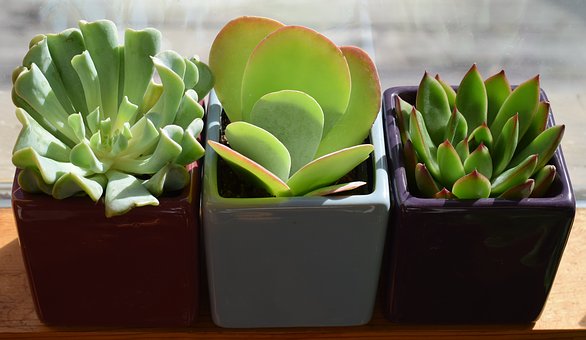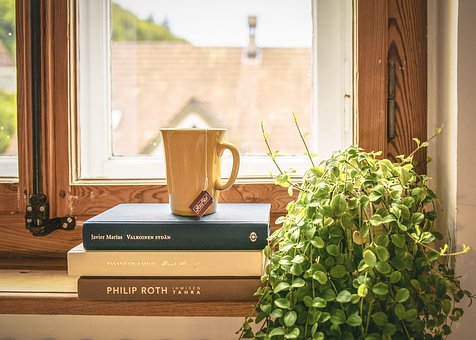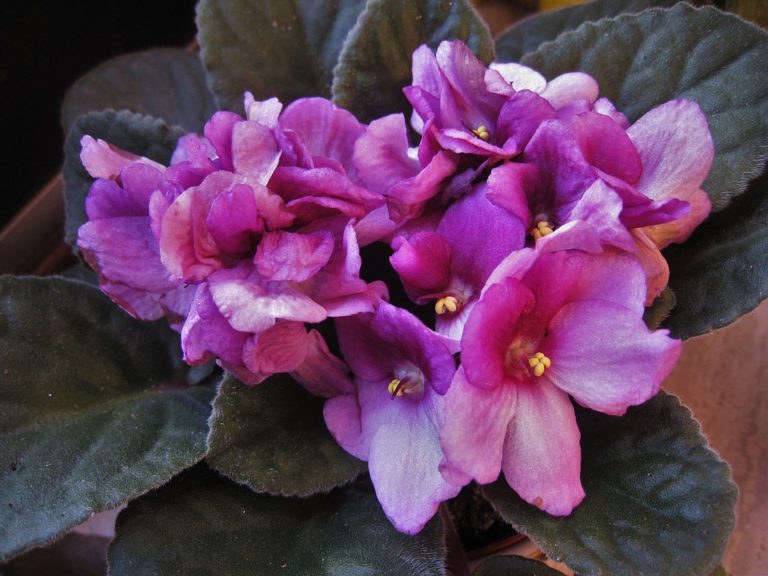It’s hard enough to keep our outdoor plants alive during hot summers and frosty winters, but when our indoor plants start popping off it can be even more alarming. When symptoms arise, the first step is to check for evidence of a pest infestation. Lacking that, it’s time to reconsider how you’ve been caring for the plant.
Since plants vary in their needs, it is challenging to find the right balance of moisture in the soil, sunlight-to-shade and optimal temperatures. Luckily, most plants sold to be grown indoors hail from the tropics, specifically tropical rainforests. Recreate those conditions and you should be one step closer to providing a healthy environment for your houseplants.

Water
The symptoms of both under-watering and overwatering can be similar, but as a rule of thumb, if the leaves seem soft, with spots that appear rotten, and they aren’t developing as they should, too much water may be the culprit. Plants that don’t receive sufficient water have foliage that appears dry, with brown edges and the leaves on the lower part of the plant may be yellow or curled. Help the dry plant by watering more frequently. Few houseplants (aside from succulents) can tolerate dry soil but you don’t want the roots to sit in soggy soil so aim for the soil moisture content to be similar to a well-wrung sponge.
If you aren’t sure when to water, stick your finger into the soil, about an inch deep. If it feels dry, water the plant slowly until water drains from the bottom of the pot. Another way to water is to place the pot in a container and add water to the container until it reaches halfway up the outside of the pot. The soil will suck the water from the container. When the top of the soil is wet, remove the plant from the water and allow it to drain completely before placing it back in its saucer.

Light
Even plants that thrive in shade require a bit of light now and then. Think of the understory in a rain forest – the play of light between the tall trees’ foliage. That’s dappled sunlight and many houseplants thrive in it. Others, however, require more sun. If any of your houseplants display the following symptoms, move them to a place where they will get more (indirect) sunlight:
- Foliage that curls upward
- The plant is stretching toward the light source
- New growth is unusually small
- Leaves fall off the plant
Before moving the plant, check the foliage for dust. Even a small amount can block sunlight, so dust the leaves before relocating the plant.

Humidity
If you’ve ever visited the tropics, you’ll recall that the air is heavy with moisture. Many houseplants, such as the Boston fern and African violet, thrive in this type of environment. Unfortunately, with heaters running in the winter and the A/C in the summer, the air inside our homes tends to dry out.
If your African violets’ buds fail to open, suspect a lack of humidity as the cause. Other symptoms include darkened edges of leaves, dry and shriveled leaves and slow plant growth.
A water bottle with spray nozzle for regular ‘mistings’ can help between waterings. Double potting the plants may help as well. Choose an additional pot that is just slightly wider than the one in which your plant is growing and place the potted plant in it. Then, fill the empty spaces around the smaller pot with peat moss. Keep the moss moist and it will provide a moderate amount of humidity for the plant.
Temperature
Plants that drop leaves may be telling you they don’t like the temperature of the room. The ideal temperature for many houseplants is between 20 and 21 degrees celsius. Place plants away from any sources of draughts, such as doorways and heat pumps.
Nutrients
Experts recommend that houseplants be fed monthly while they are actively growing and that fertilizer is withheld in the winter. The symptoms of a plant in need of nutrients mimic those of other maladies, so if none of the above seem to help the plant, consider how much and how often you fertilize it. Dropping lower leaves, weak growth or a pale or yellow-green color signifies a nutritional deficiency. Burned leaves mean it may be getting too much or that the fertilizer isn’t diluted properly. Organic fertilizers will help you avoid the burn, as long as you don’t use too much. Follow the label directions carefully.
Check out this advice for easy care plants choices available in New Zealand from Blackbird. Palmers also provide a more thorough guide on how to care for your houseplants.

Brent Palmer – Professional Real Estate Consultant
He has helped many people buy and sell homes in the Nelson, Stoke and Richmond areas for years, and would love the opportunity to help you as well.
Thinking of selling your home? I have a real passion for helping people sell their homes in our Nelson and Tasman Region, as well as the marketing, social media & advanced technology for home selling that goes along with it. I’d love to have the opportunity to sit down with you discuss how we can work together to get you the best price.
I help people buy and sell real estate in the following Nelson and Tasman towns & neighbourhoods: Wakefield, Brightwater, Hope, Appleby, Redwood Valley, Mapua, Stoke, Tahunanui, Atawhai and of course, Richmond and Nelson City. Connect with Brent on Facebook and pretty much everywhere else.
Know someone who needs help with real estate?
Be rewarded and REFER them here



